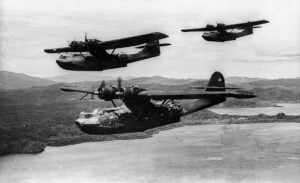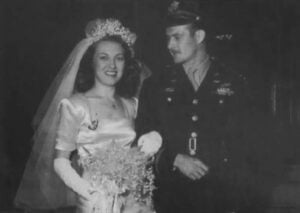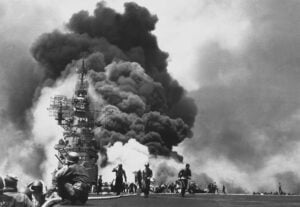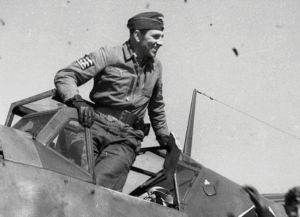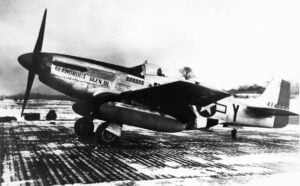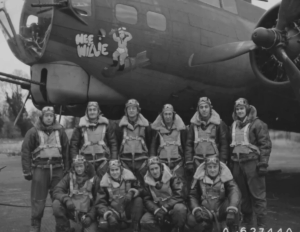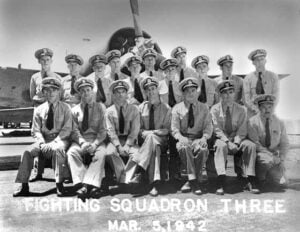How Romania Built Its First WW2 Fighter Plane
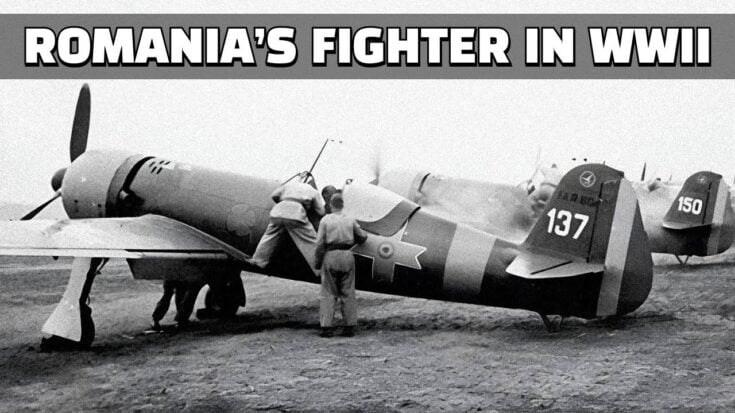
YouTube / The Grand Archive
In the late 1930s, as nations raced to modernize their air forces, Romania faced a difficult choice: buy foreign aircraft or learn to build its own. The answer began with a Polish design—the PZL P.11, a simple, reliable fighter that offered an affordable path into modern aviation. Romania acquired a production license and began building the aircraft at home, training its engineers and technicians in the process. Though the P.11 soon grew outdated, it gave the country the foundation it needed to take a bold next step—creating a fighter of its own.
From Polish Roots to Romanian Innovation
Recognizing that foreign licenses could only go so far, the Romanian government unified its scattered aviation firms into a single national company: Industria Aeronautică Română (IAR). Engineers Ion Grosu and Gheorghe Zotta were tasked with developing a modern, high-speed fighter that could rival contemporary designs from Germany and Britain.
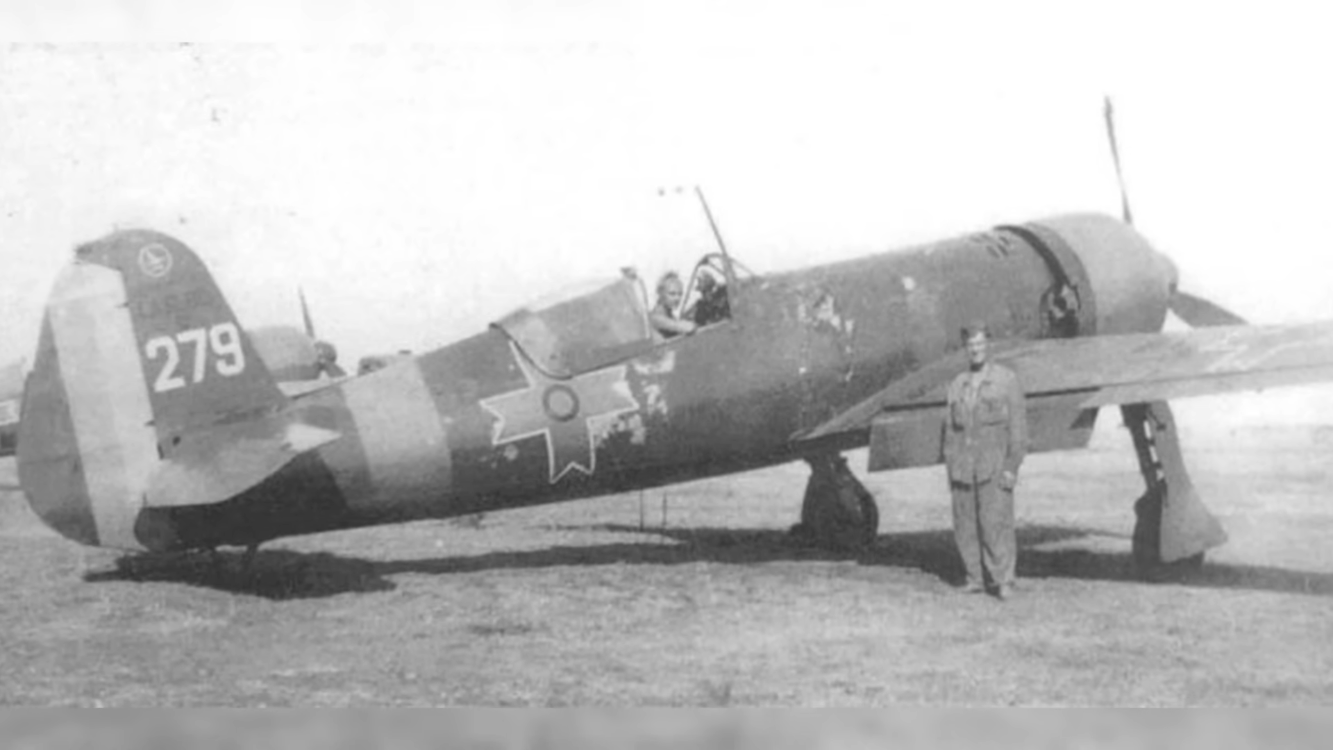
Using the PZL P.11 as a starting point, they reworked nearly every element. The new aircraft featured a sleeker fuselage, retractable landing gear, a closed cockpit, and improved aerodynamics. Powered by a 970-horsepower IAR-K14 engine built under license, the prototype—named the IAR 80—could reach 510 km/h (317 mph), placing it on par with Europe’s best fighters of 1939.
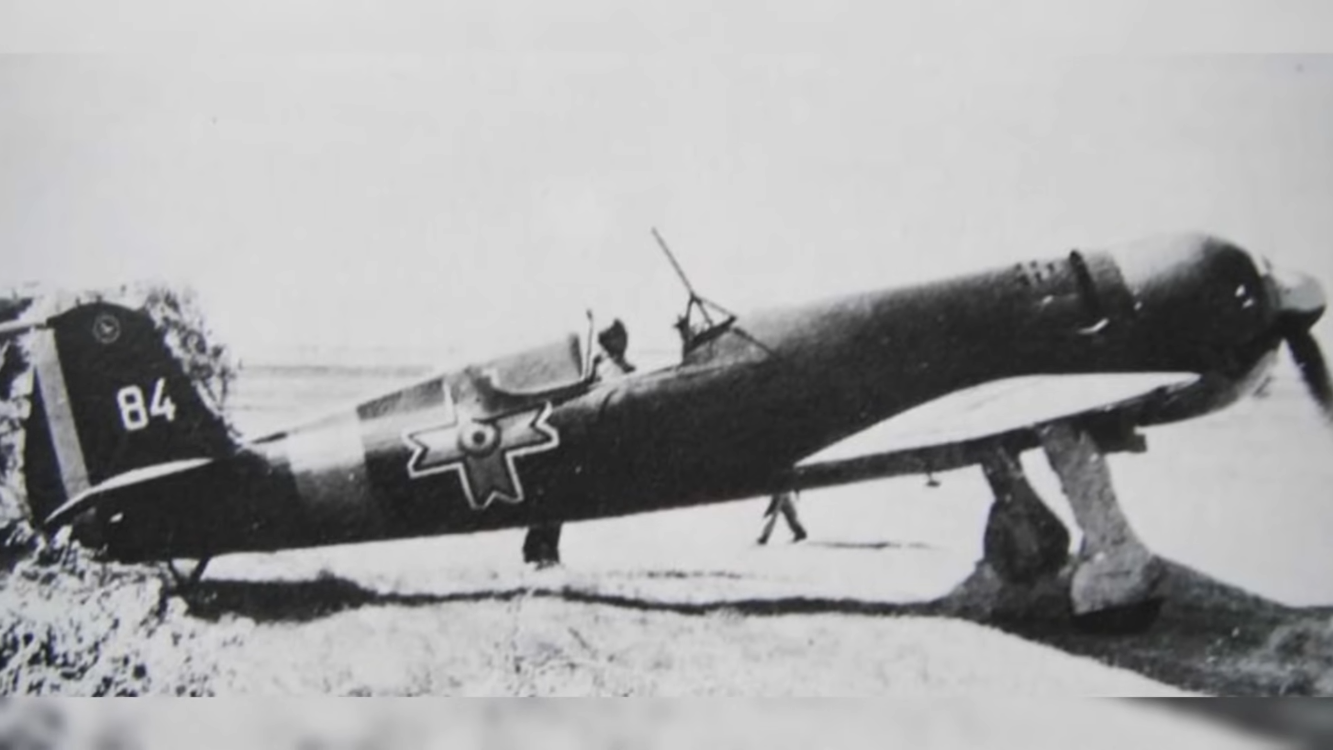
Triumph and Turbulence
The IAR 80’s first flight in April 1939 was a triumph for Romanian engineering. Test pilot Dimitru Popescu reported excellent handling and agility. To promote the design, famed French ace Michel Detroyat was invited to test it—but his dramatic runway flip nearly wrecked the prototype. Fortunately, both pilot and plane survived, and after refinements, the IAR 80 entered production in 1940.
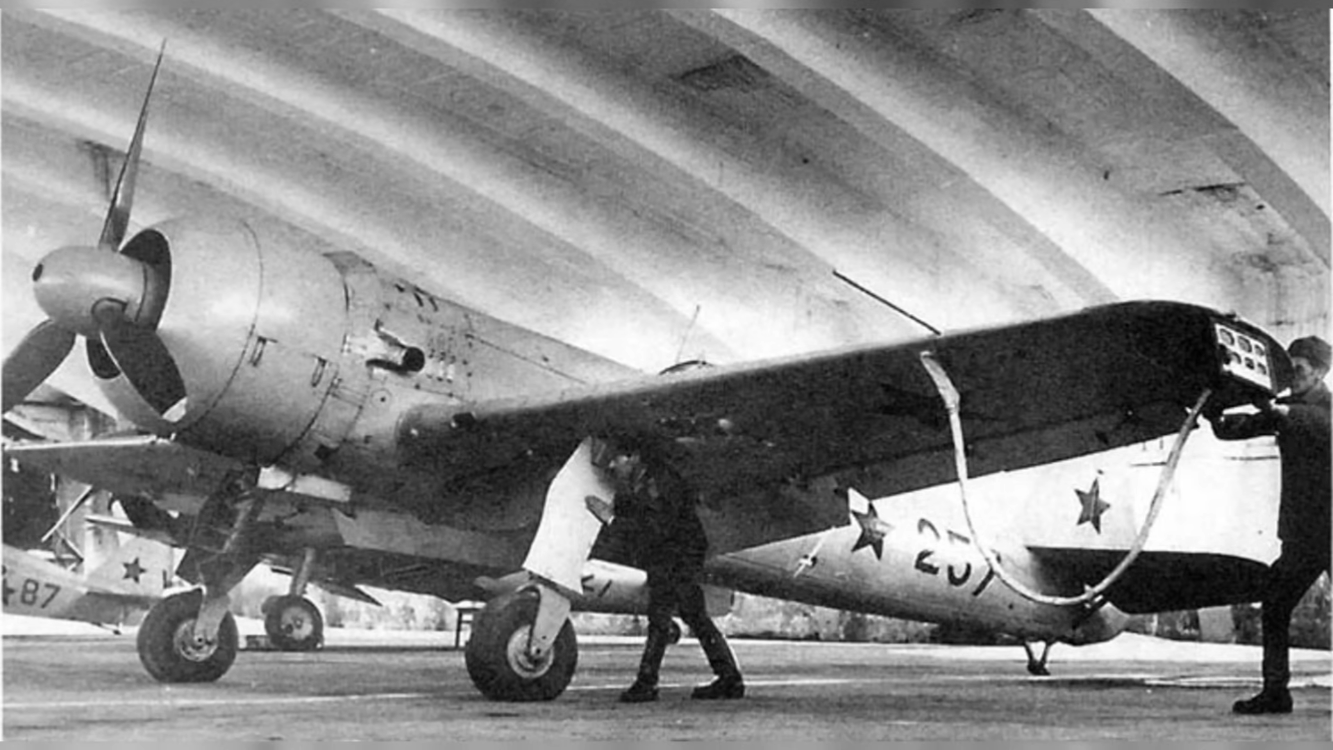
Armed initially with four 7.92mm Browning machine guns, it soon joined Romania’s air battles on the Eastern Front. Early combat against Soviet I-16s proved promising—Romanian pilots achieved several kills with minimal losses. But by 1941’s Battle of Odessa, its light armament and limited engine power began to show. Even upgraded with cannons, the aircraft struggled against heavily armored foes like the Soviet IL-2.
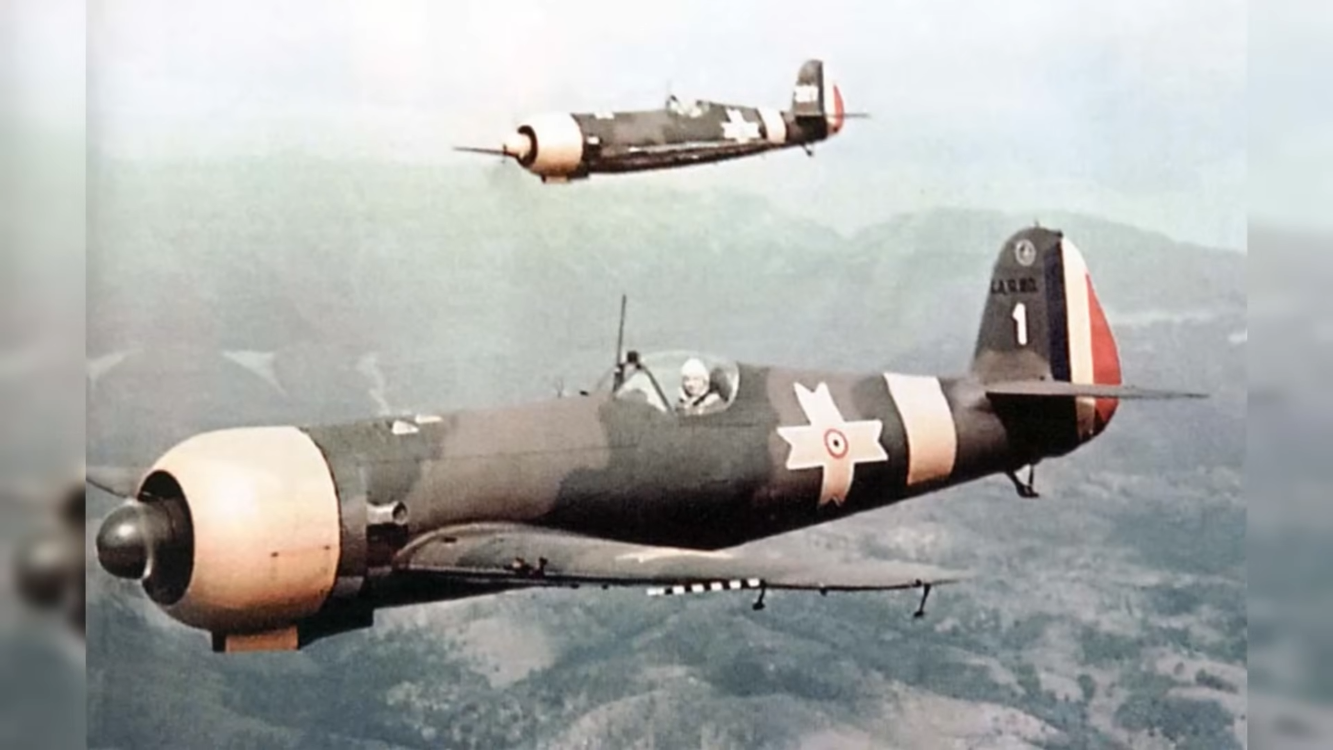
Against the Odds
Despite its limitations, the IAR 80 earned respect in 1944 defending the Ploiești oil fields from U.S. bombers. In one fierce engagement, 26 IAR 80s shot down 14 American B-24s while losing only four of their own—an impressive feat for an “obsolete” fighter.
By war’s end, Romania had built around 460 IAR 80 and IAR 81 fighters. Though outclassed by newer designs, the IAR 80 symbolized a remarkable achievement: a small nation’s leap into modern aviation through ingenuity, determination, and courage.
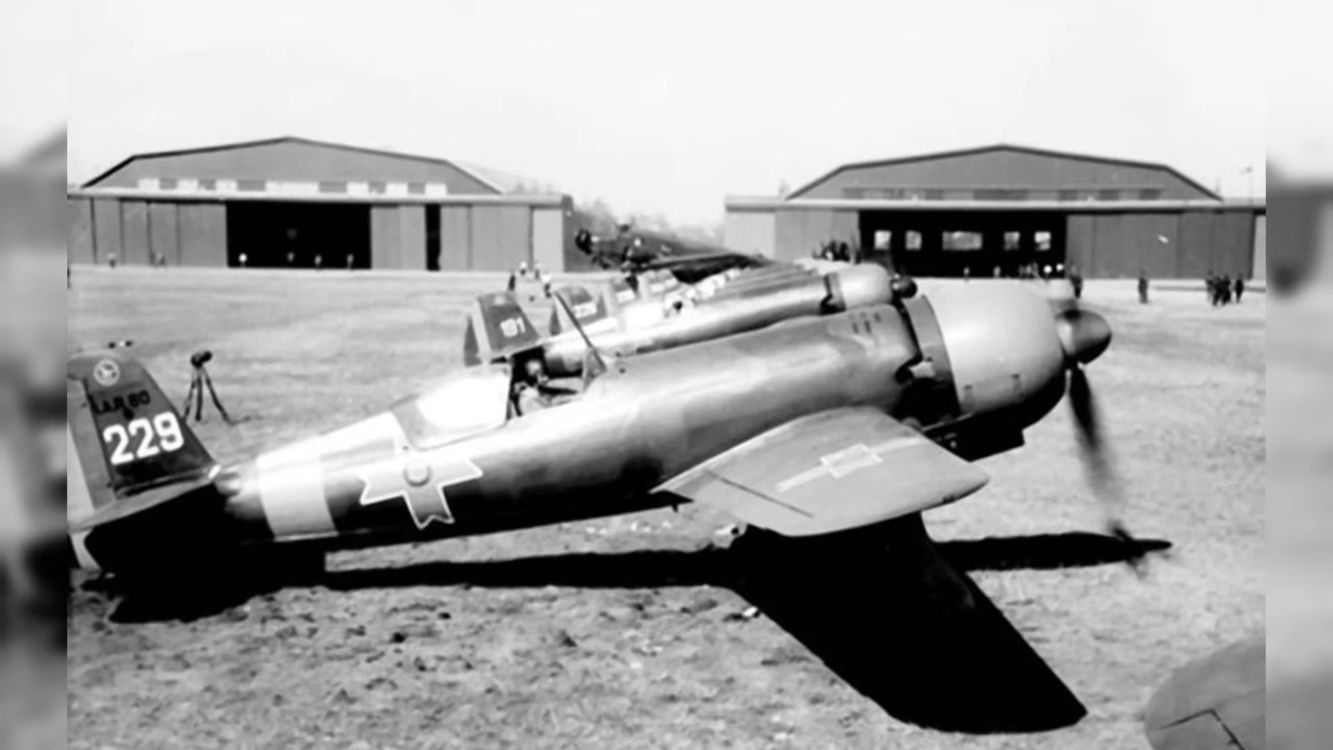
For Romanians, it remains more than an aircraft—it’s a testament to ambition and independence in the face of overwhelming odds.














